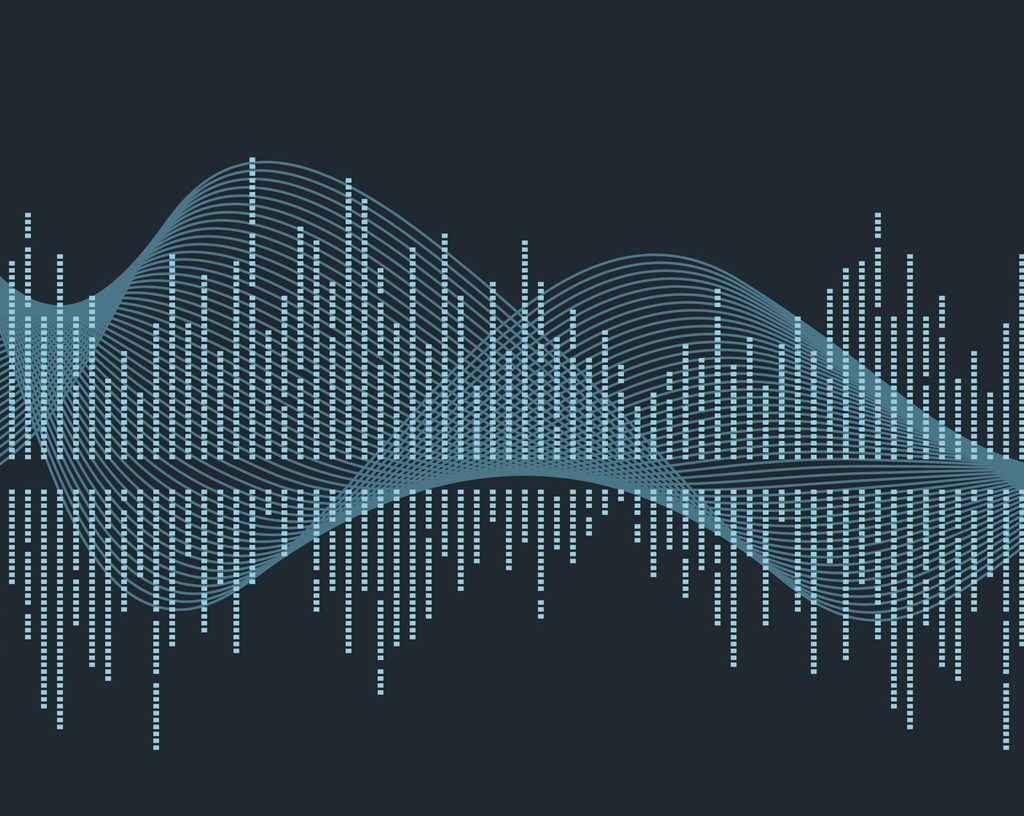
Side Channel Based Attacks
Side-channel attacks (SCAs) pose a major threat to various cryptographic primitives, protocols, and devices. Even though, the robustness of a cryptosystem has been established under rigorous mathematical analysis, an adversary can exploit the unintentional leakage of information from the physical implementation of the cipher to reveal the secret key. SCAs can be broadly classified into two categories: active and passive side-channel analysis. In active side-channel attacks, an adversary tampers the proper functioning of a device, e.g., by introducing faults that induce errors in computations. On the other hand, in passive side-channel attacks the external behavior of the cryptographic implementation is monitored without disturbing any operation of the underlying algorithm. There can be various sources of passive side-channel leakages of a device, like, power consumption, timing variation, electromagnetic emanation, etc. A side-channel adversary tries to find out the correlation between the observable side-channel information and the secret key dependent internal state of the cryptographic implementation. In our group, we investigate the vulnerabilities of various standard cryptosystems to such SCAs and corresponding mitigations.
-
Chongxi Bao, Ankur Srivastava. 3D Integration. “New Opportunities in Defense Against Cache-timing Side-channel Attacks”. Proceedings of the International Conference on Computer Design (ICCD), October 2015.
-
Chongxi Bao, Ankur Srivastava. “A Secure Algorithm for Task Scheduling against Side-channel Attacks”. Proceedings of the 4th International Workshop on Trustworthy Embedded Devices (TrustED), 2014, ACM, November 2014.


